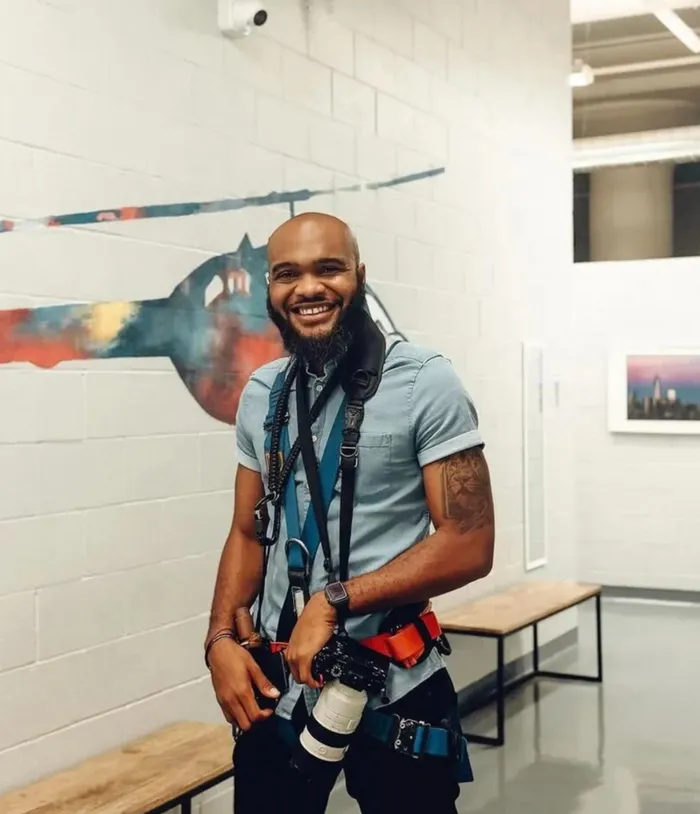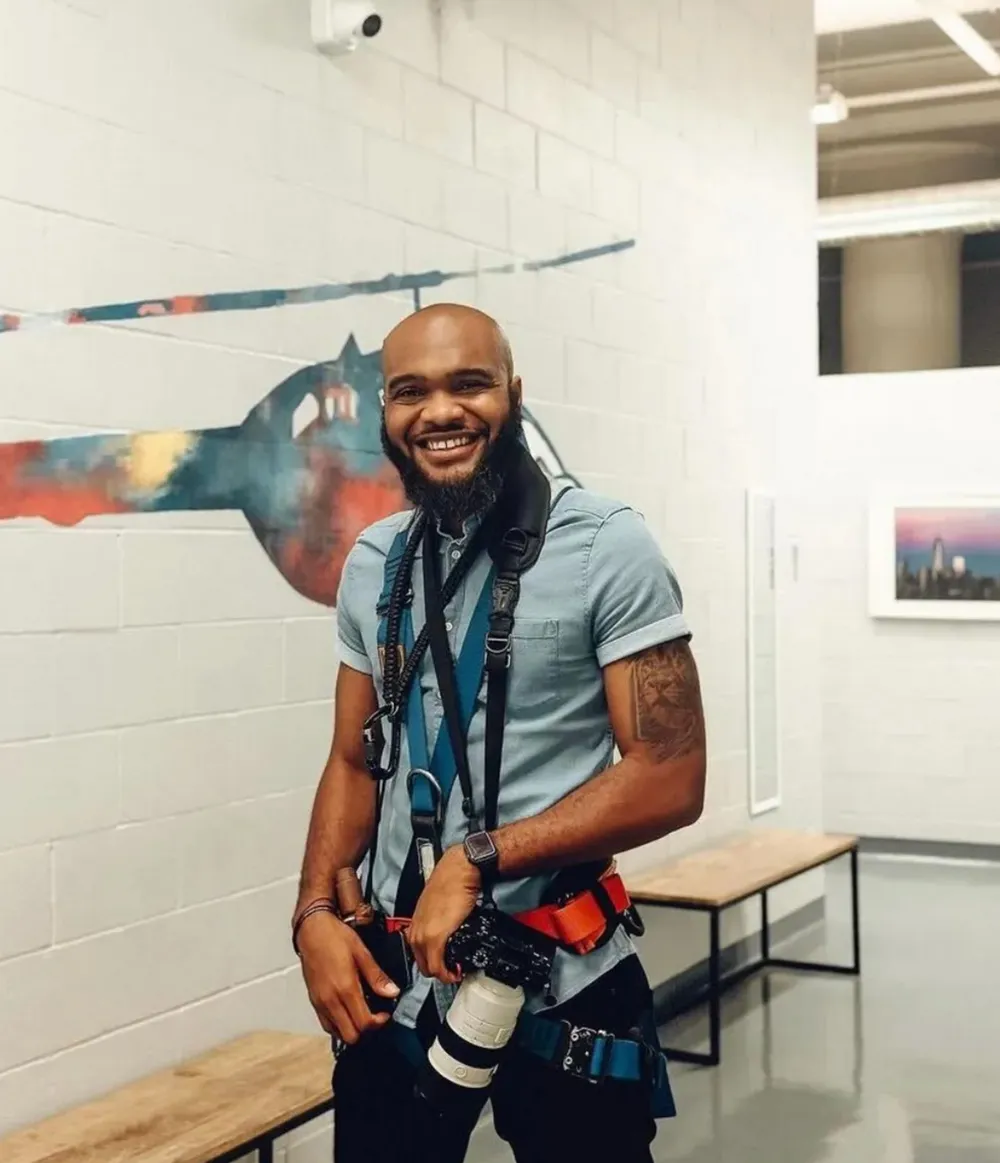
In April 2018, 31-year-old Nigerian content creator Tayo Aina’s video about rapper J. Cole’s performance in Nigeria went viral, amassing 1.1 million views.
Despite that success, because his audience was largely based in Africa Aina received just $132 from the platform—a relatively paltry payout, and significantly less than a creator with a predominantly Western audience would have received for the same performance metrics.
“In terms of playing on the global stage, I would say that we are trying our best, but we still have a long way to go,” says Aina, who boasts more than 827,000 subscribers on YouTube and more than 240,000 followers on Instagram. That’s because despite Africa’s growing creator economy, platform payouts favor Western audiences.
Nigeria—Africa’s most populous country—has a growing digital creator economy that contributes more than 1.45% of total gross domestic product and is projected to add 3 million-plus jobs by 2027. Globally, the creator economy’s size is estimated to be more than $250 billion and is expected to nearly double by 2027.
Across Africa, content creation has begun attracting young people in droves—in part due to growing internet and smartphone penetration. As of 2022, more than 384 million Africans consumed content and music on social media. Though only about 51% of Africa’s population currently has internet access, that percentage is expected to grow to 87% by 2030.
But as African content creators have found, geography has a big influence on how much money videos can make. YouTube ties its payouts to the cost for an advertiser to gain 1,000 impressions. The resulting compensation, called CPM, varies by country and genre of video. “You may have a lot of views, but the revenue is not equally compensated [in every country],” says John Karanja, whose Kenya-based channel Afrikan Traveller has 111,000 YouTube subscribers.

Aina estimates that “the same video will probably make 10 times more if you had an American audience,” because of the difference in CPM, which is reportedly as high as $10 in the U.S. and as low as $1 in African countries such as Nigeria and Kenya, according to market trends site Gitnux. This means that even as African YouTubers like Aina and Karanja cultivate audiences in their countries and beyond, their earning potential is stifled by the relatively low cost of acquisition for advertisers. The result is a need to shift focus to appeal to international audiences.
“You have to diversify your content and just focus on topics that have a much broader appeal instead of niching down to something that might just have people only from Nigeria watch you.” He’s focused on broadening his appeal with travel-related content in places like the Caribbean, which resonates with audiences in Africa and the United States. Aina’s video on exploring Los Angeles for 30 days garnered him his biggest audience outside of Africa, raking in more than 800,000 views.
As he works to build an audience in markets coveted by advertisers, Aina has had difficulty traveling internationally—a core part of being a travel vlogger—because his Nigerian passport allows him entry into just 28 countries without a visa. “(Someone) who has an American passport can travel almost anywhere—they don’t need to apply for visas,” he says. “That means they can create more content [than I can].”
Over the past few years, several countries have rejected Aina’s visa applications. Despite building a strong travel history, in 2022 he was denied entry to Dubai on his way to a conference, an experience he says led him to find an alternative. His solution was a pricey one—obtaining a passport in St. Kitts and Nevis via its “Citizenship by Investment” program. The process—documented in a recent video—cost $150,000, but now he can travel to 140 countries without a visa.
Aina acknowledges that he is an exception, noting it took “six-plus years to get to the point where I can afford to buy a passport.” But even African YouTubers who are unable to afford a second passport and can’t travel as much still see content creation as a viable economic opportunity—and even smaller payouts than Western countries can be relatively lucrative.
More than the money, Karanja says African creators want to “write our own stories” and showcase different countries and communities in a way that has only been done from a Western perspective so far, and that celebrate the continent’s growing opportunities. “Yes, there’s poverty. And yes, there’s wildlife,” he says. “But there’s development that is happening. There’s a future. There is hope and we see it.”
Related Topics:
